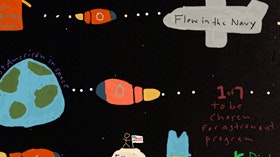Homepage
•
Learning Library
•
Blog
•
Get students creating with digital sketchnoting
Expand breadcrumbs
Expand breadcrumbs
- Learning Library
- Blog
- Get students creating with digital sketchnoting
- Homepage
- •
- Learning Library
- •
- Blog
- •
- Get students creating with digital sketchnoting
Get students creating with digital sketchnoting
By Julie Randles
October 1, 2019








